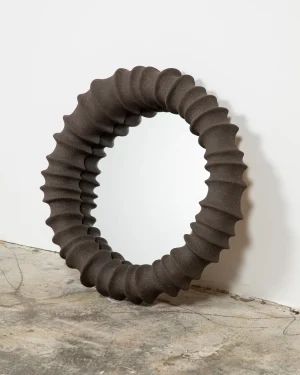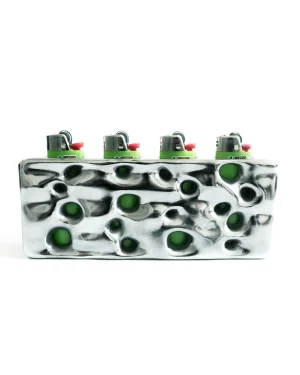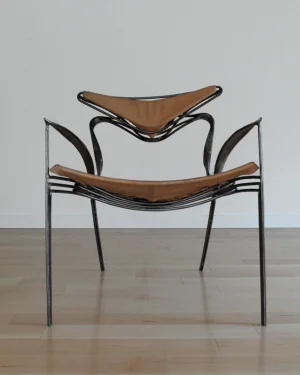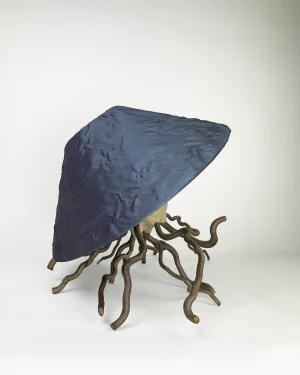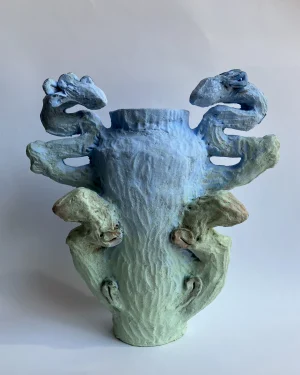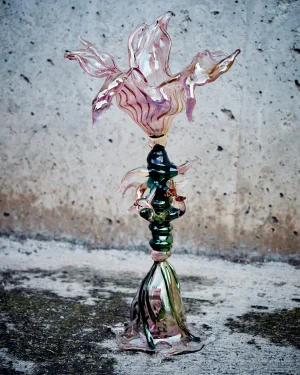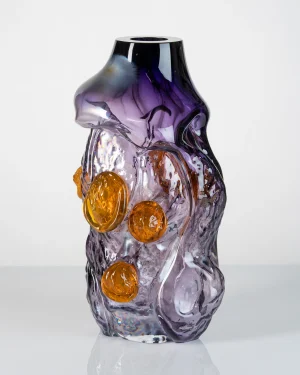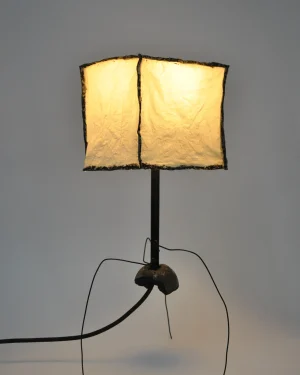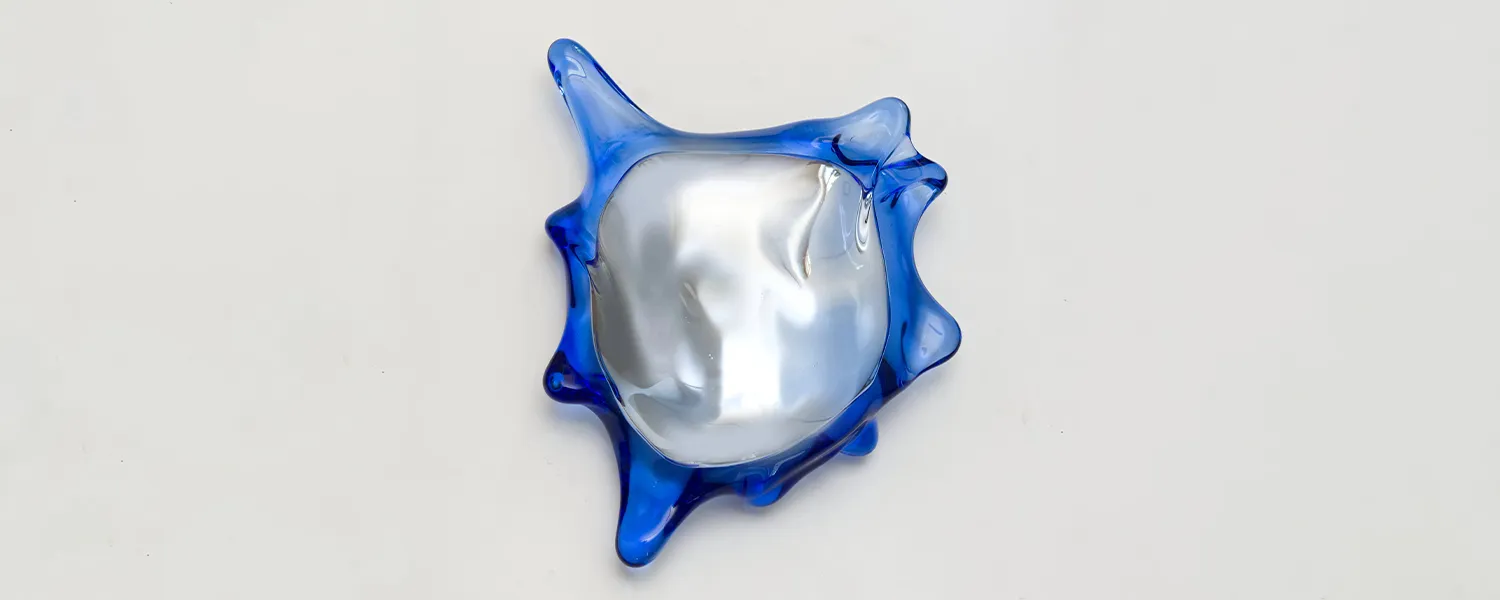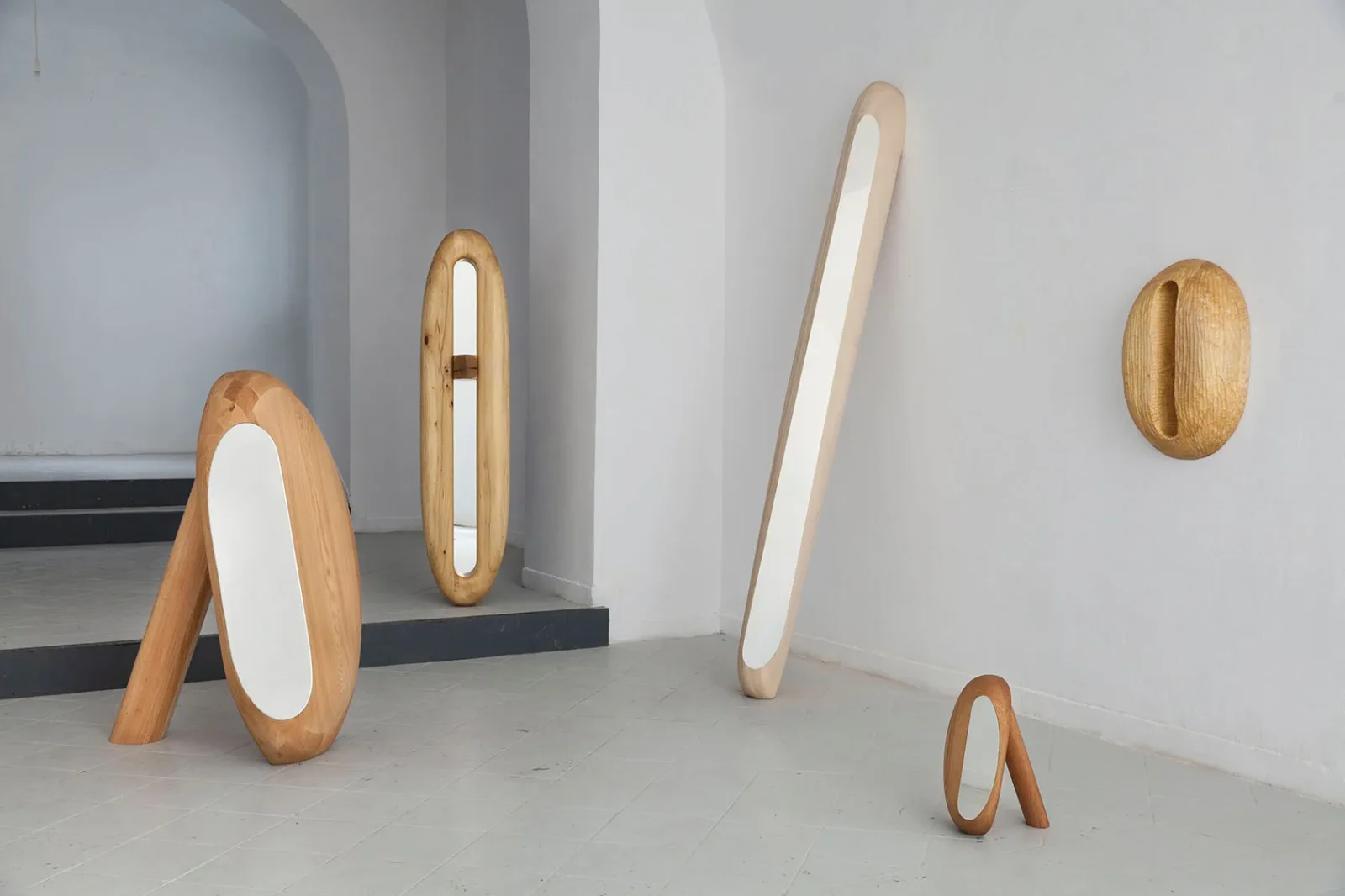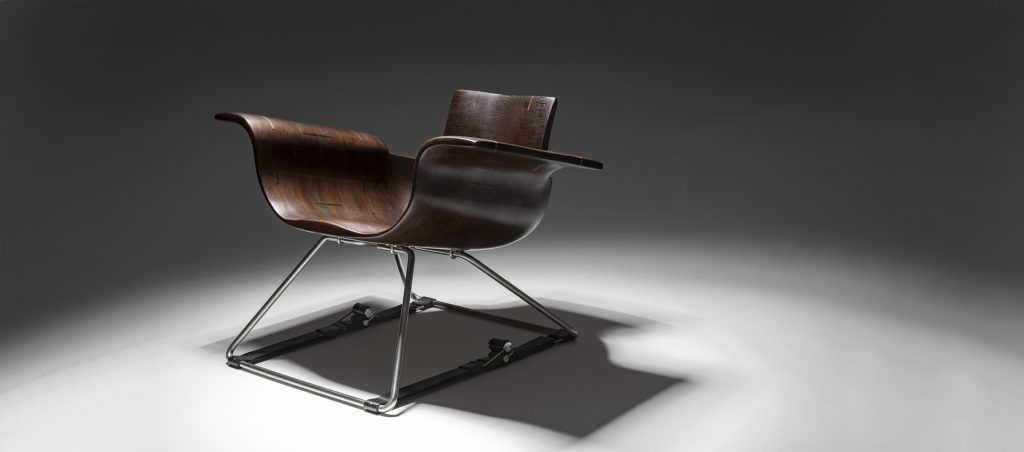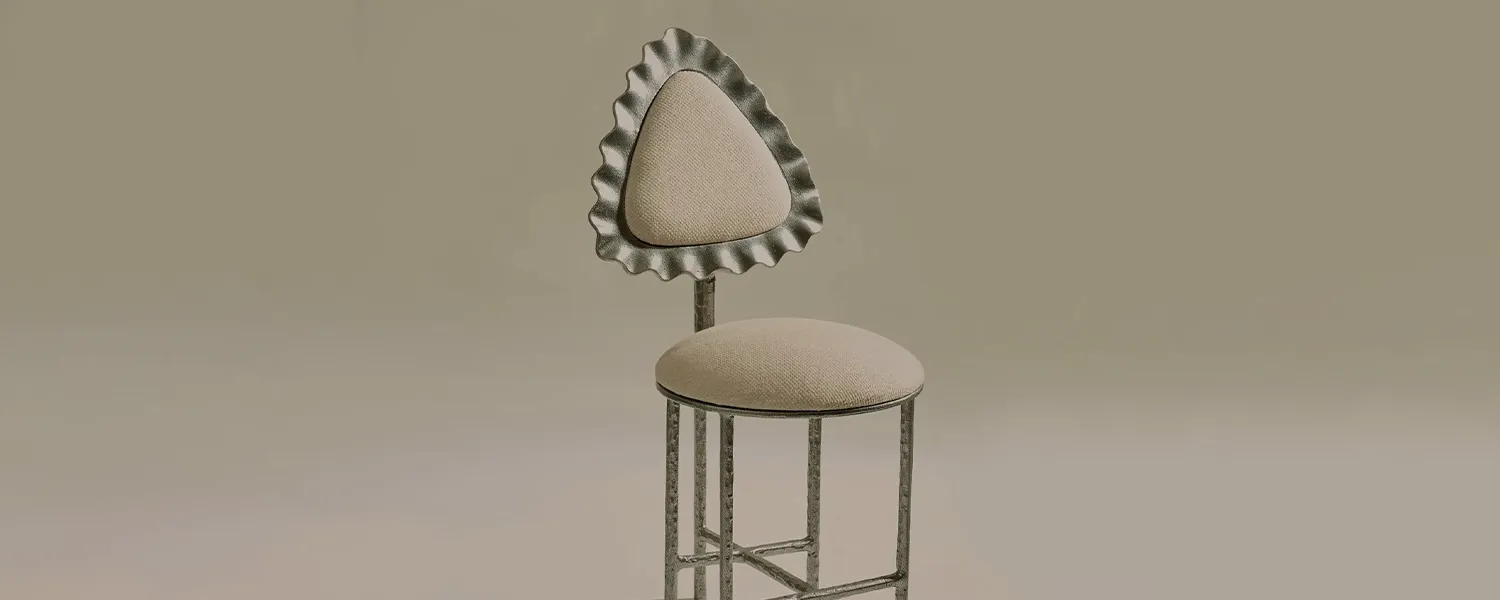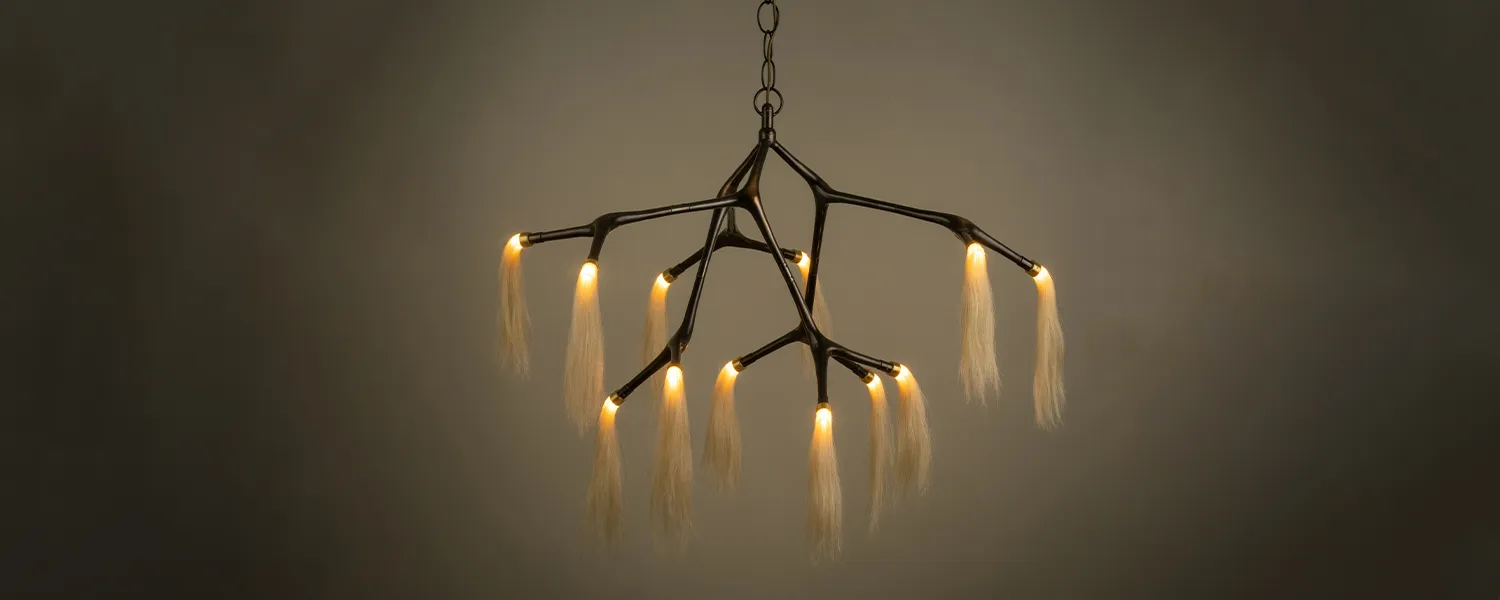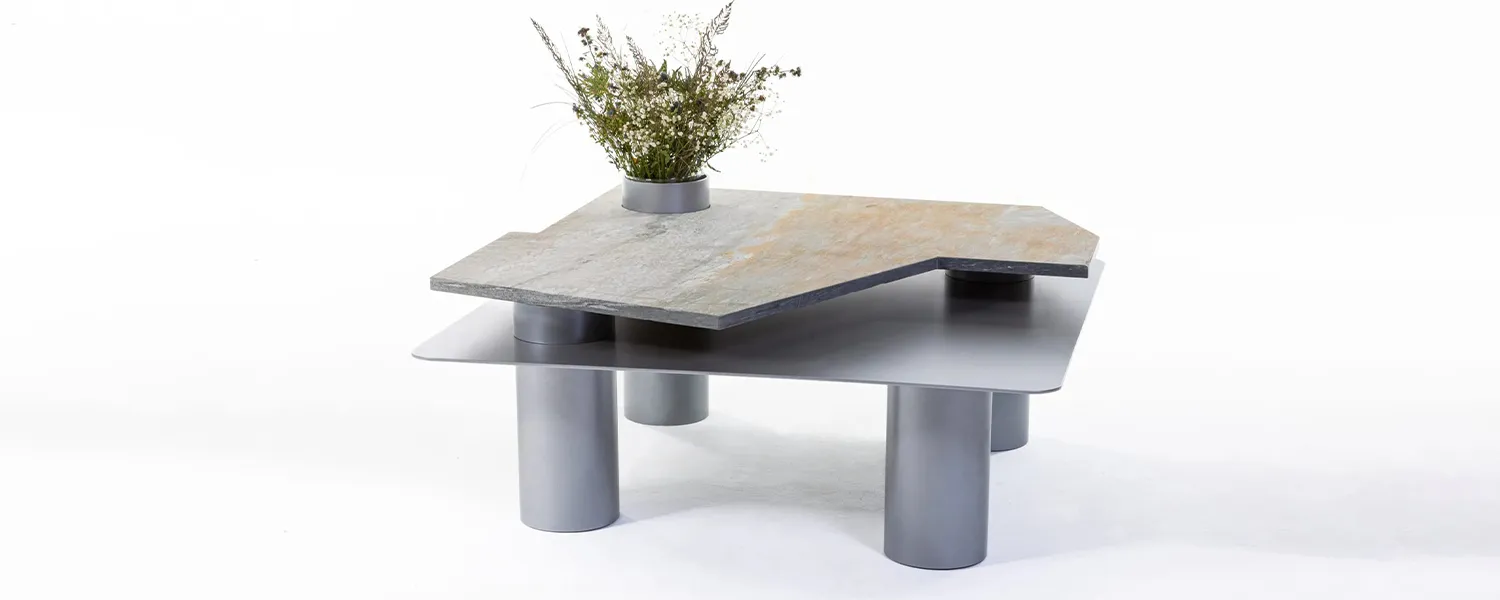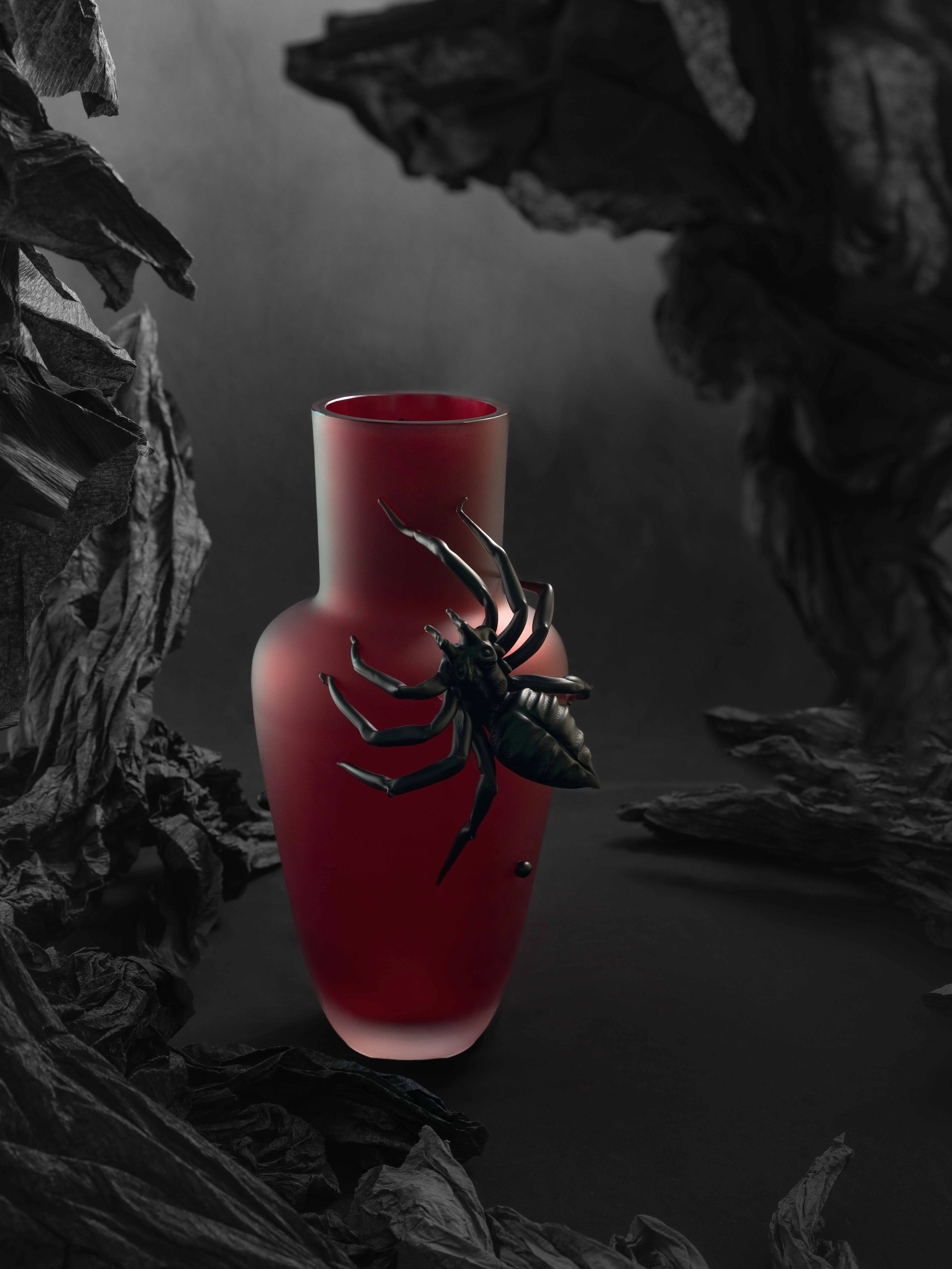
Insect Inspired: The Unexpected Muse
Two truths and a lie:
A mantis shrimp can see sixteen types of color receptors (humans have three).
A cockroach can live for a week without its head.
There’s a species of ant that explodes itself as a defense mechanism, turning its own body into a living grenade.
Trick question – they’re all true. When it comes to insects, reality is often stranger than fiction, and there is no shortage of bizarre truths.
This is exactly the kind of fascinating, otherworldly energy that makes insects compelling design inspiration. Love them or hate them, for most people insects fall squarely into “can’t look away” territory – that particular balance between curiosity and unease that keeps us transfixed. This insect-inspired selection channels this uncanny tension – designs that draw on 400 million years of evolutionary experimentation to produce objects that feel at once elegant, efficient, and eerily unfamiliar. These aren’t literal recreations, but works that hum with the strange, specific vitality of the insect world.
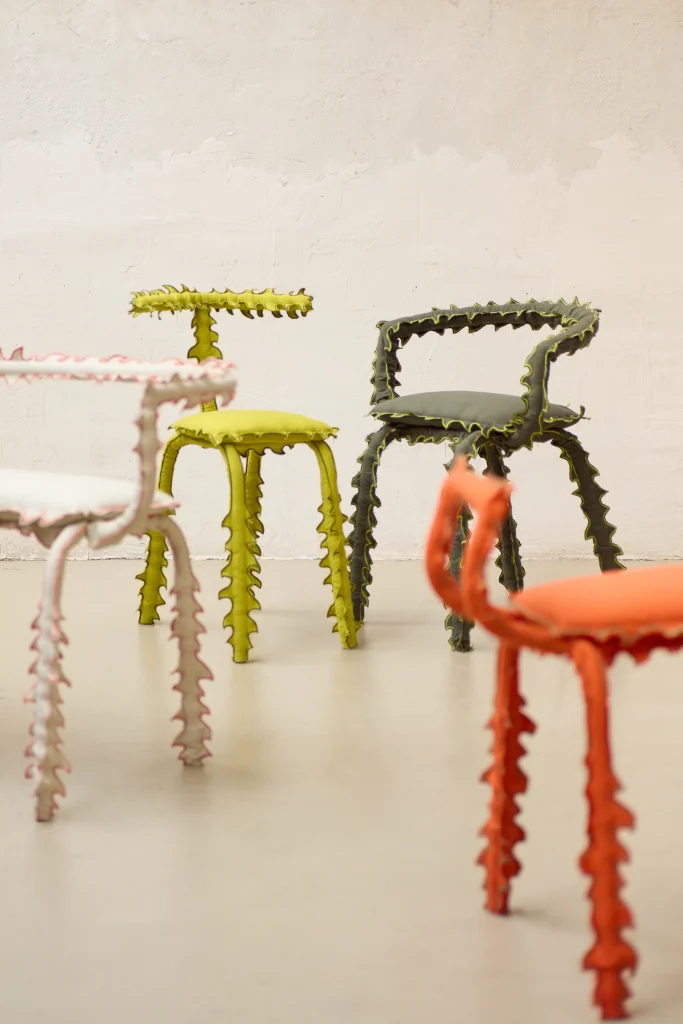

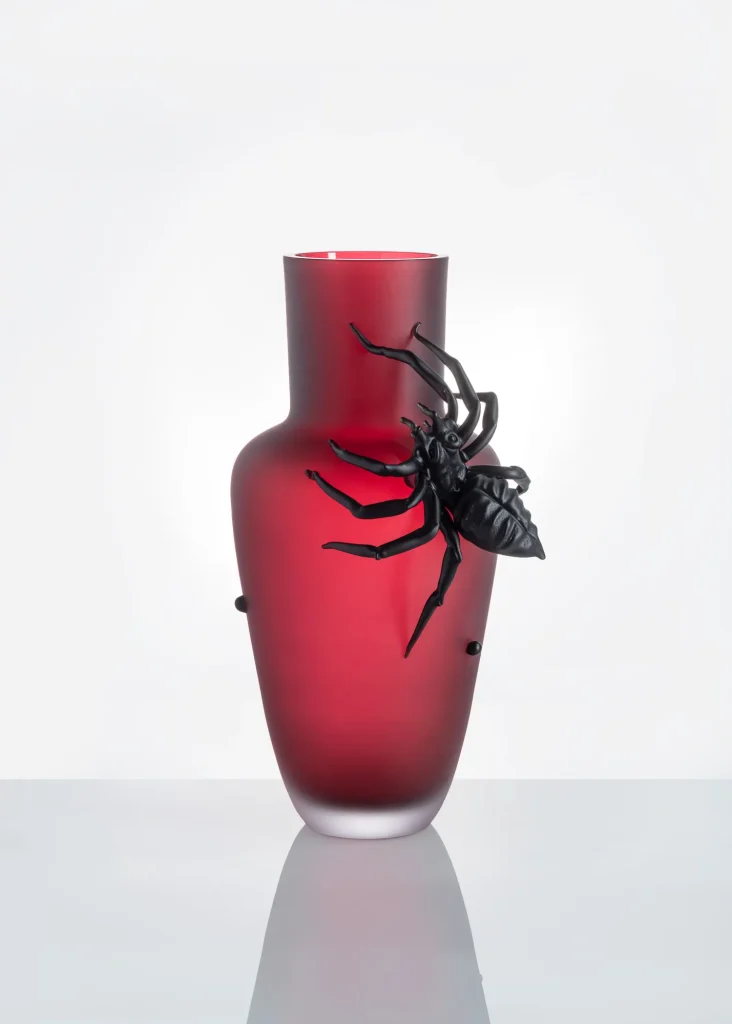

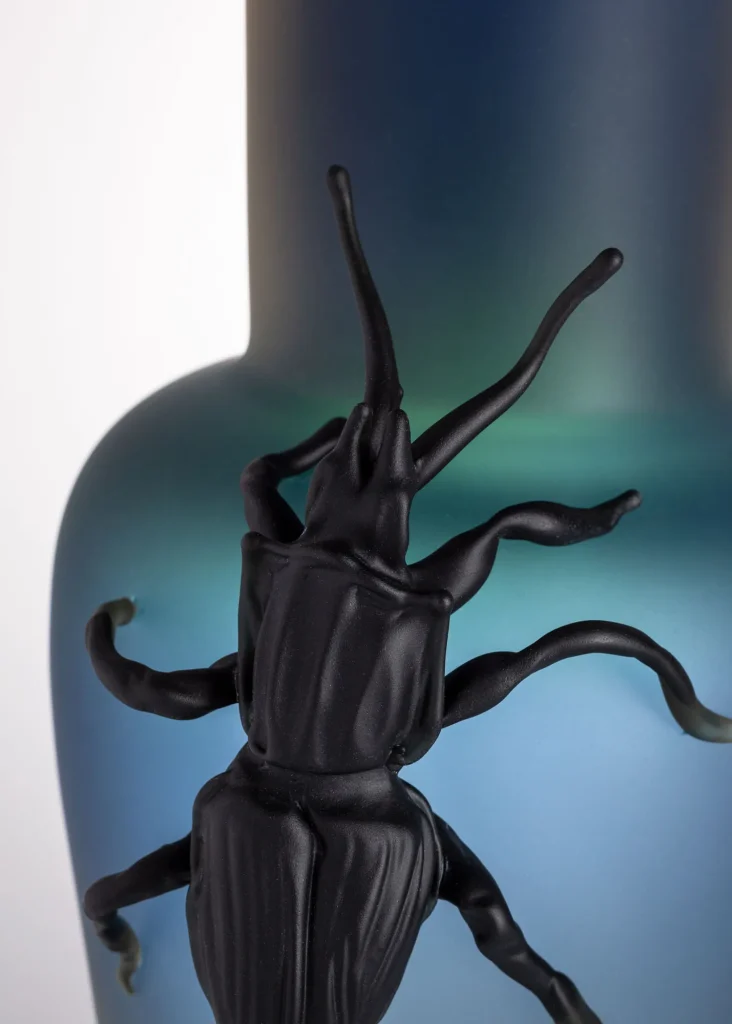

The Exoskeleton Aesthetic
Beetles gleam in armor that looks forged rather than grown—shiny, segmented shells that feel closer to machinery than biology. Designers echo this with furniture and objects that lean into exoskeletal logic: glossy, modular surfaces; ribbed textures; fractured geometry. Think concrete facades that resemble the compound eyes of a fly, or chairs whose legs splay out like a praying mantis mid-strike. These designs don’t mimic insects outright – they share their logic: protective yet delicate, minimal yet intricate.
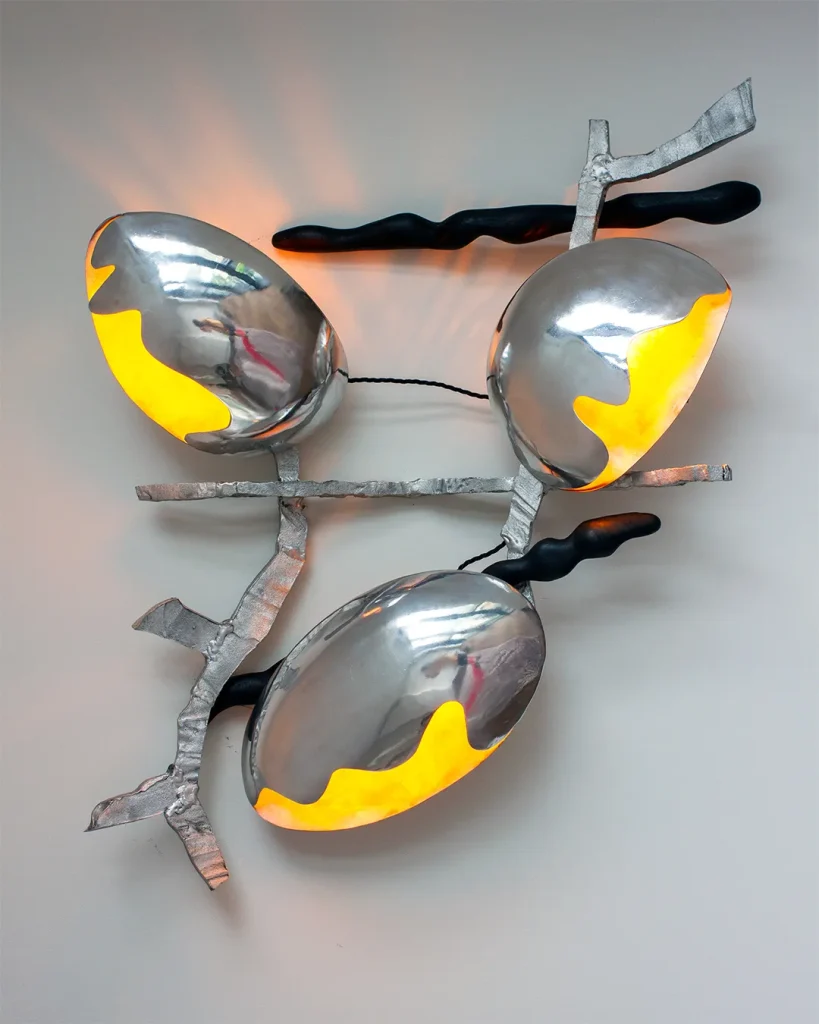

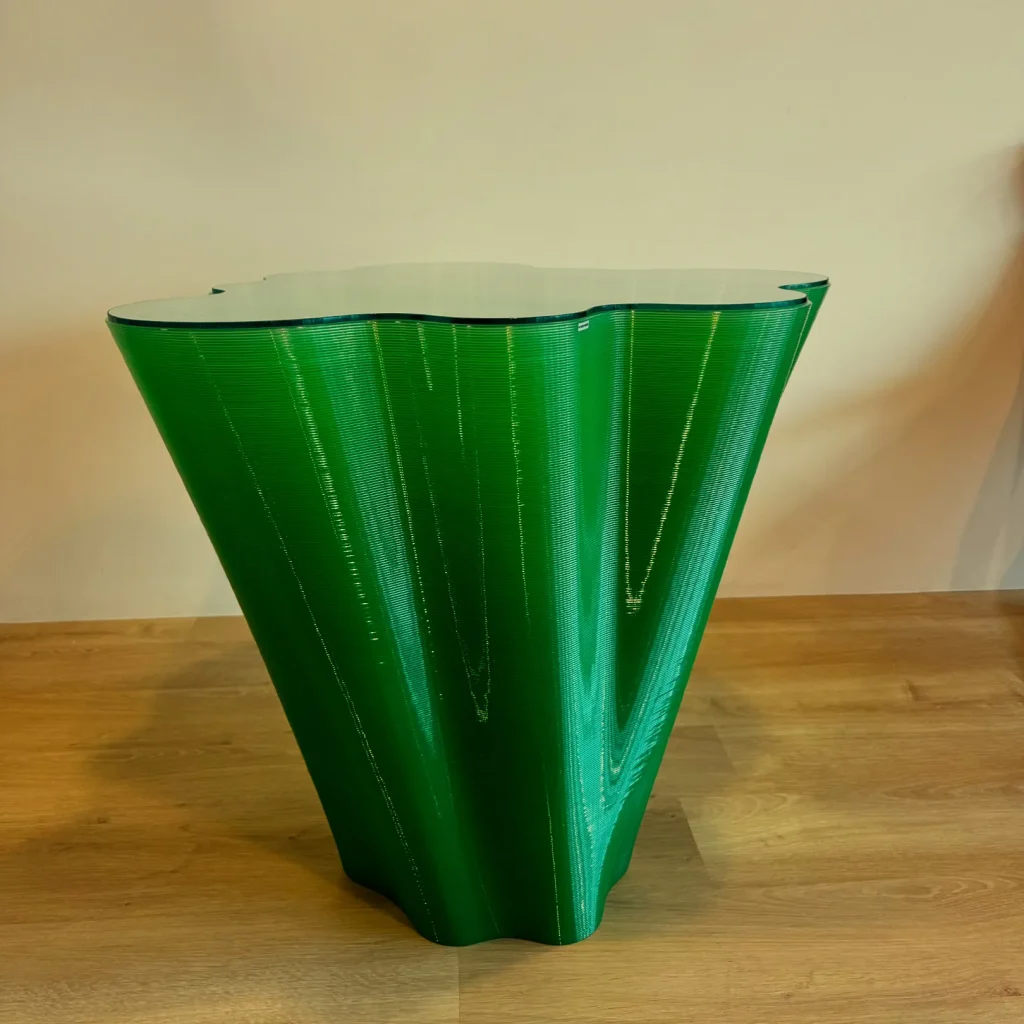

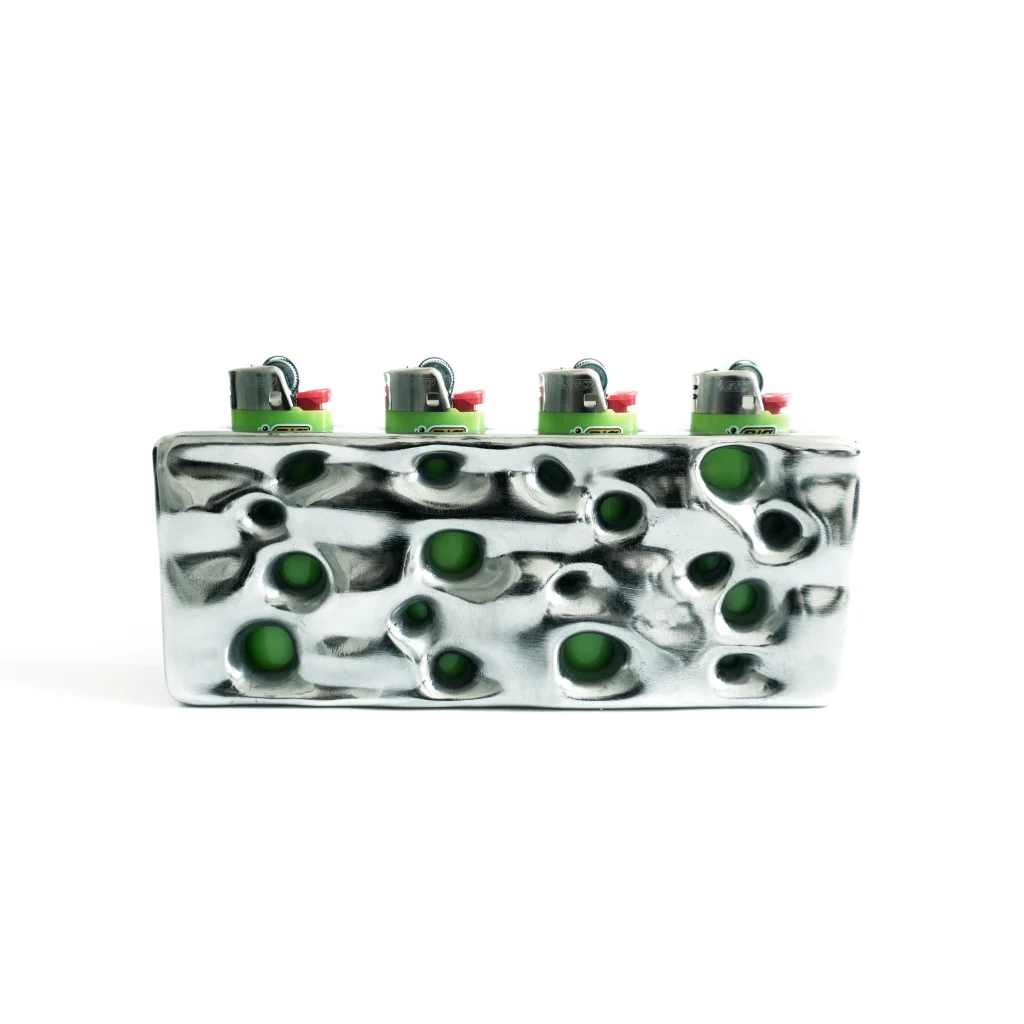

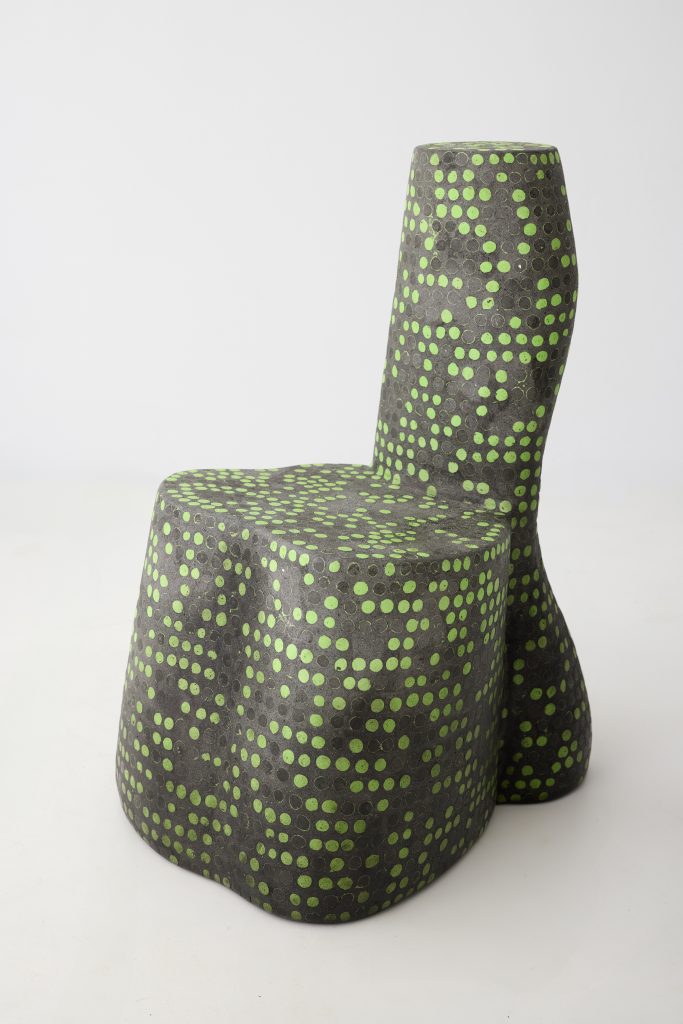

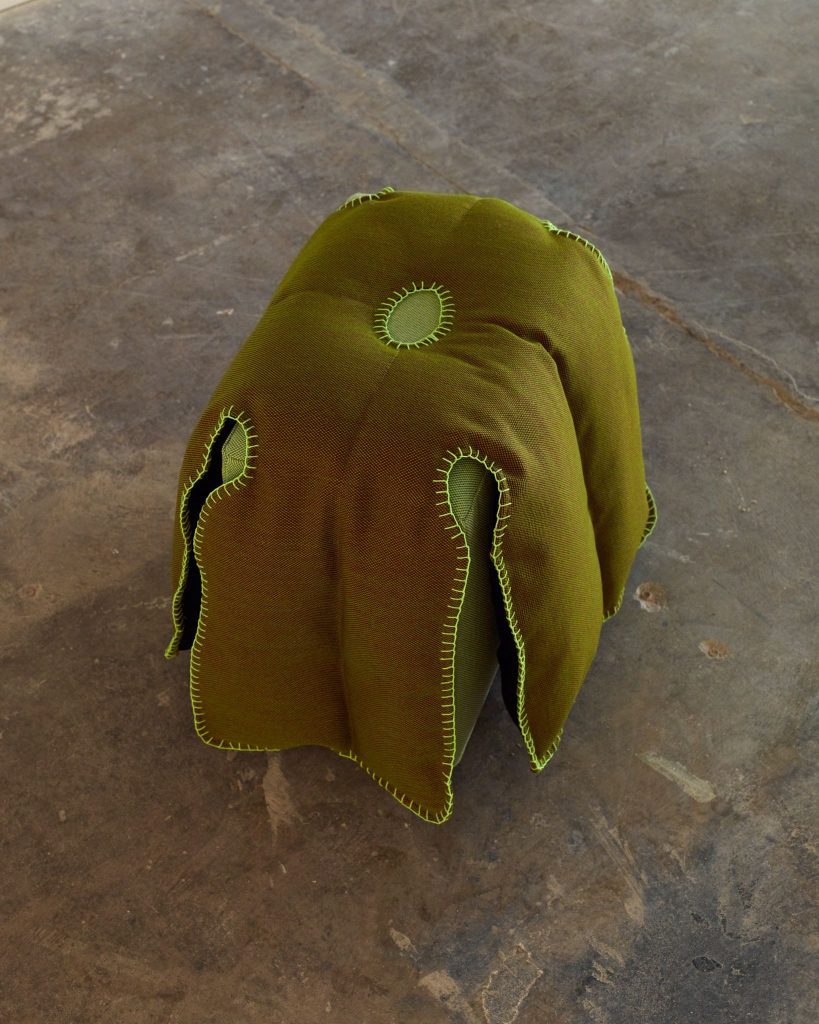

Crawling Forms and Unpredictable Movement
Other works embrace the writhing, kinetic energy insects exude. Lighting fixtures with curling appendages twist as though caught mid-molt. Sculptural stools and tables bristle with jointed limbs, segmented like a centipede’s back. Even at rest, these pieces buzz with implied motion – designs that feel alive, or at least animated by some uncanny pulse. It’s the visual equivalent of a rustle in the leaves: you’re not sure what it is, but you can’t ignore it.
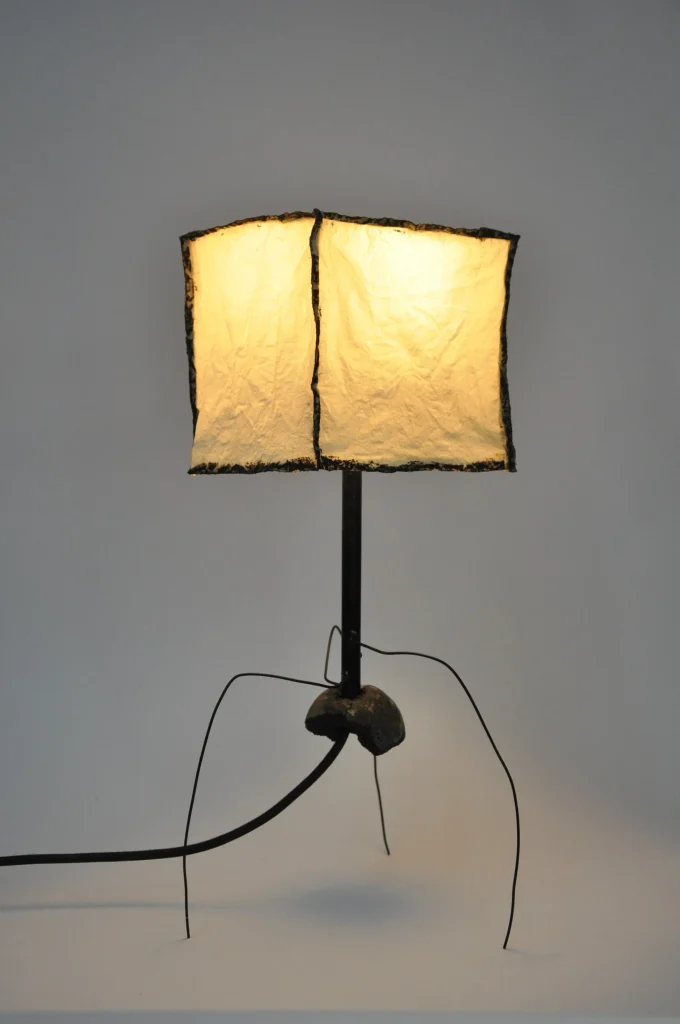

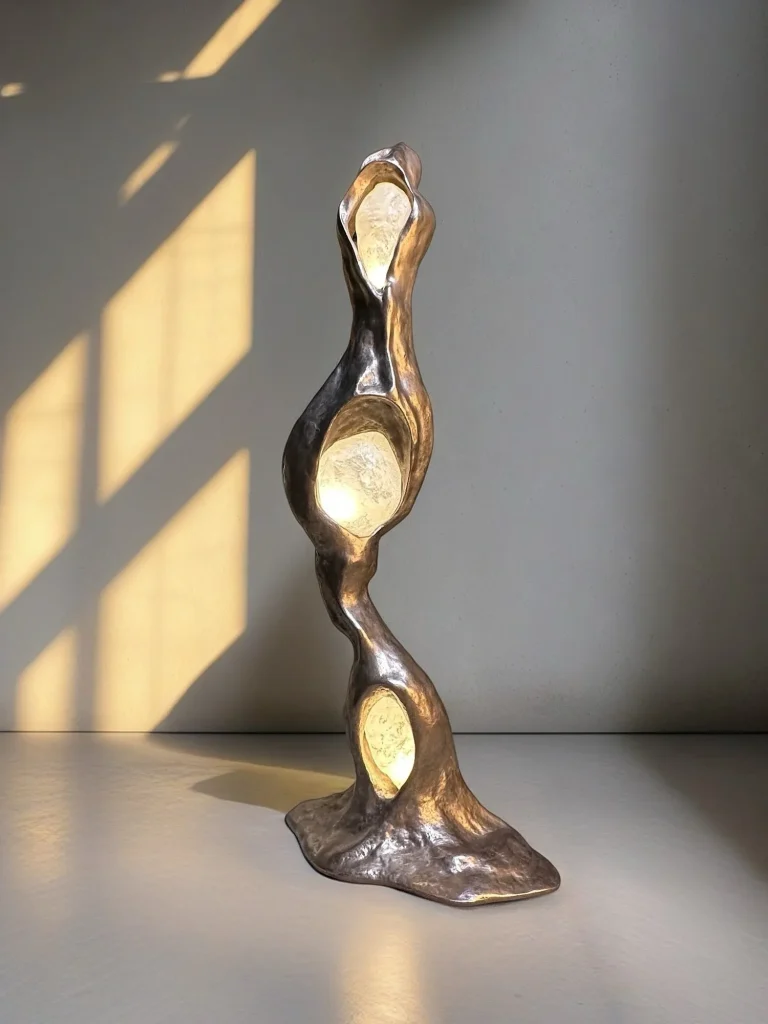

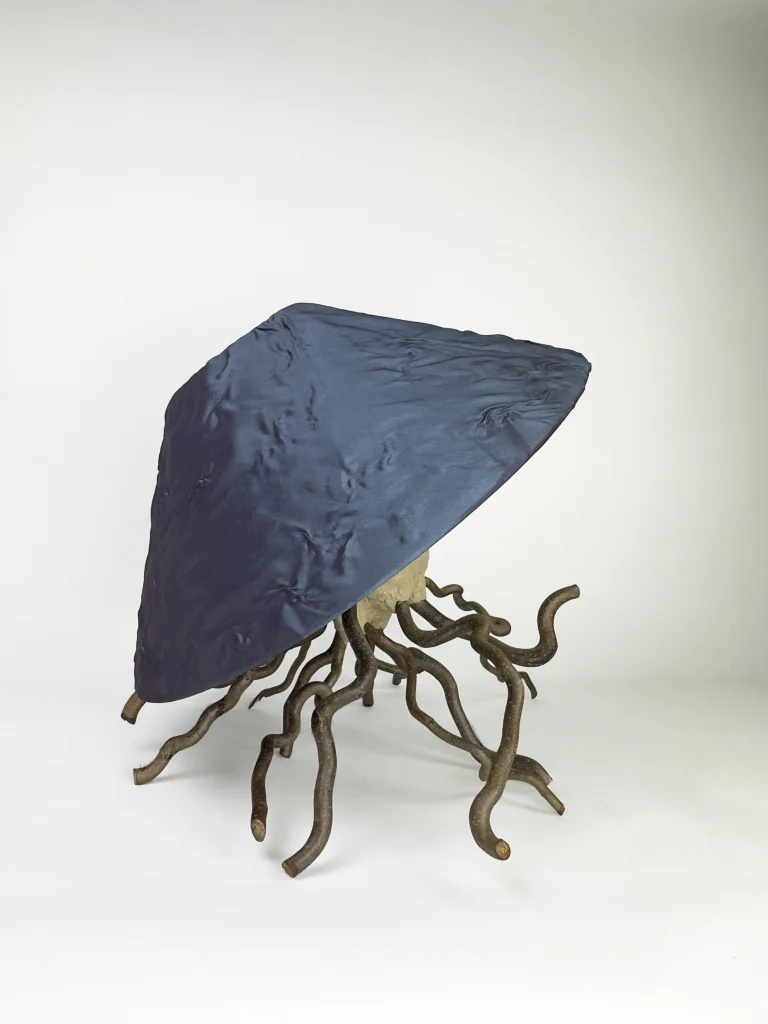

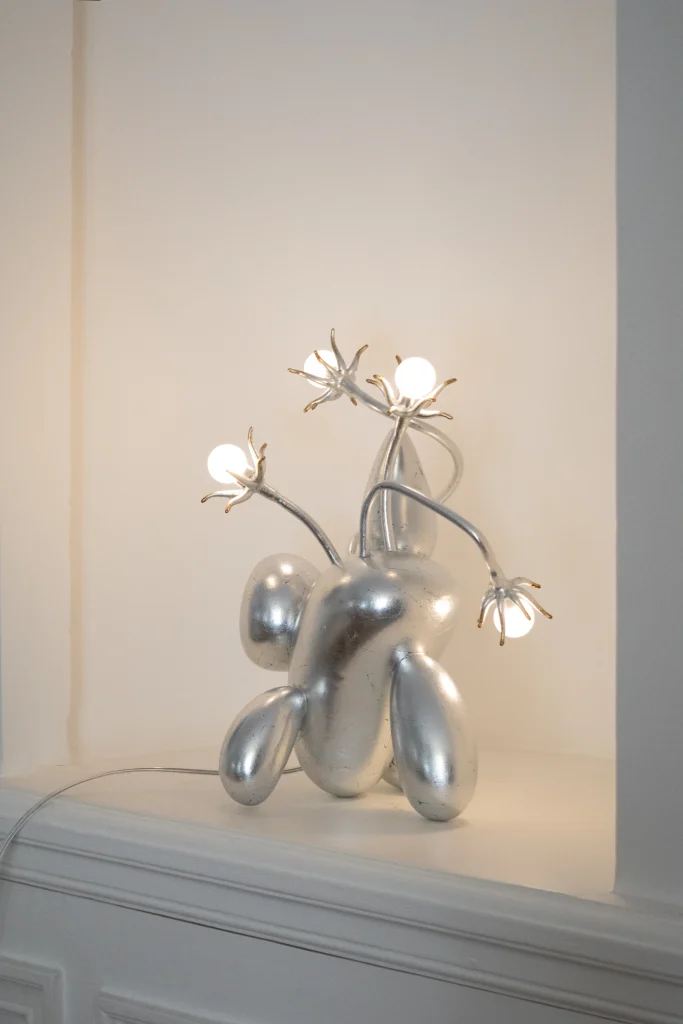

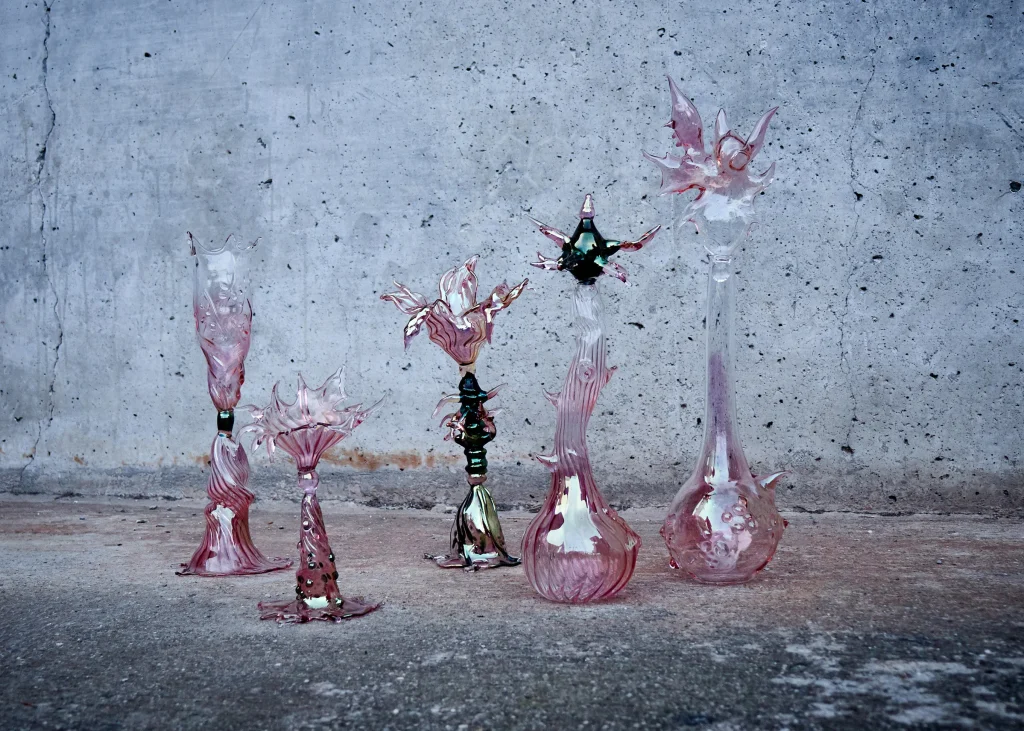

The Intrigue of the Unsettling
What makes insect-inspired design so powerful is its refusal to comfort. We’re conditioned to seek out soft curves, smooth finishes, and symmetry. Insects offer none of that. Their forms are sharp, angular, and alien – yet they work. There’s a harsh elegance to their segmented bodies and armored hides, and when that aesthetic enters the home, it reshapes how we define beauty. Not as ease or familiarity, but as intrigue. As edge.
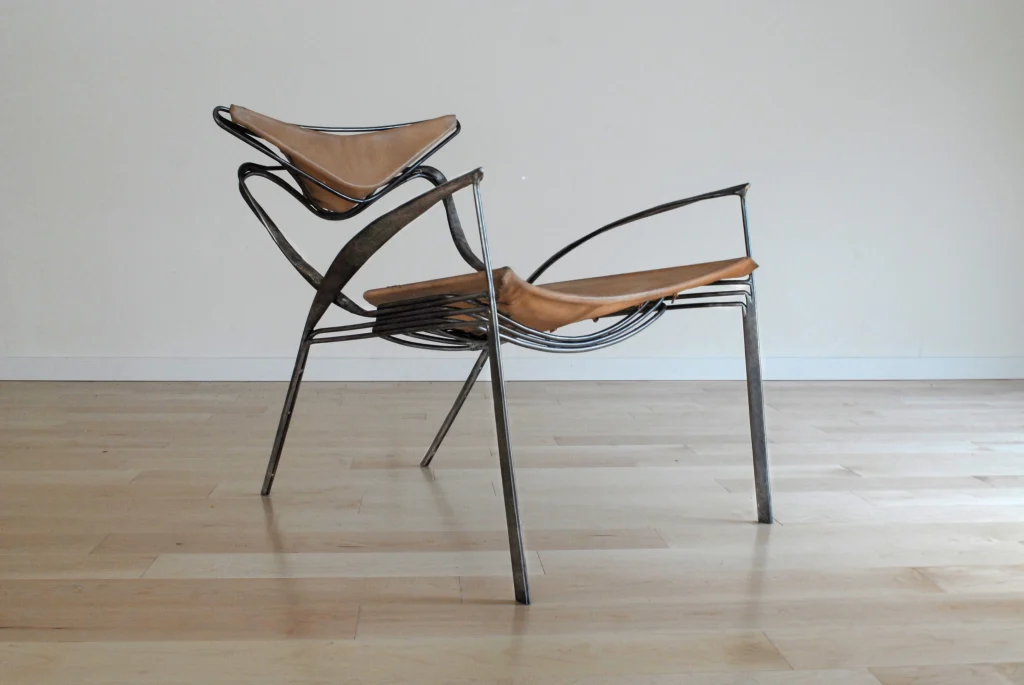

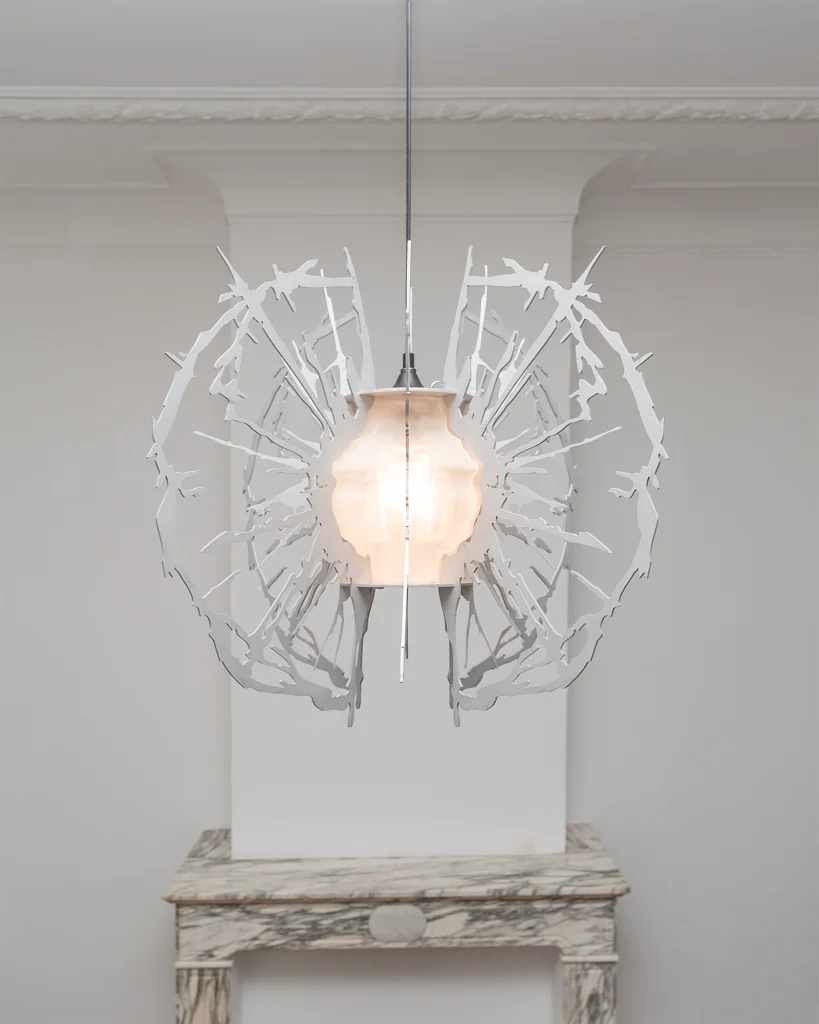

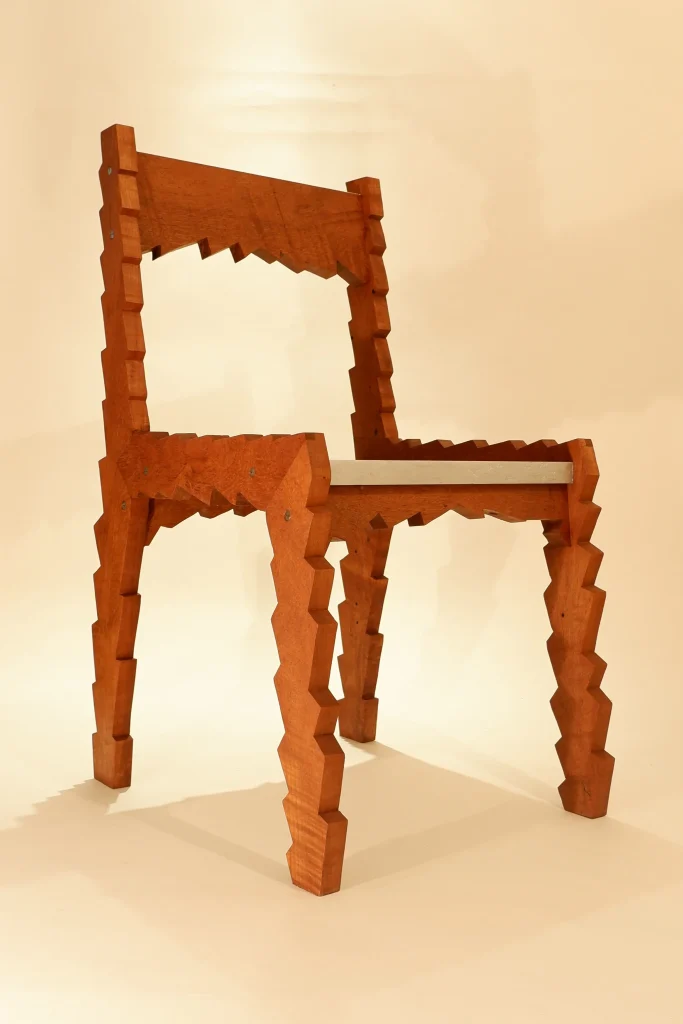

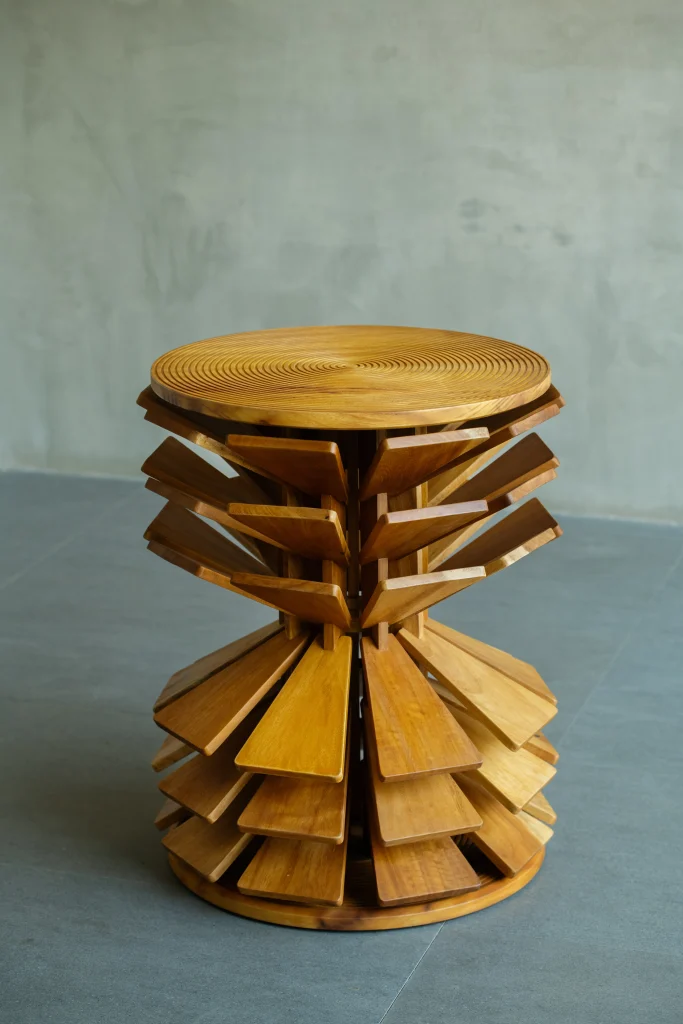

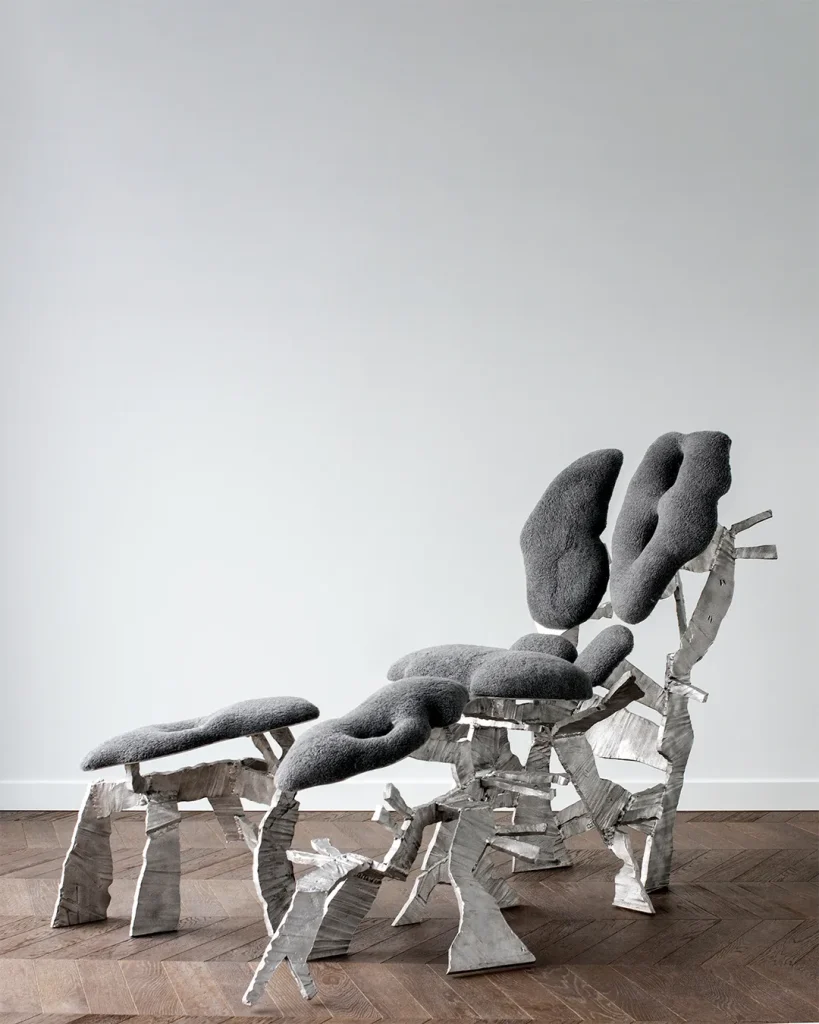

Let Things Get Weird
This isn’t about biomimicry in the traditional sense. It’s not just form following nature – it’s form channeling something deeper and stranger. Insects don’t evolve for aesthetics; they evolve for survival. In doing so, they’ve produced some of the most mesmerizing, efficient, and baffling structures on Earth. Designers tapping into this energy aren’t imitating – they’re tuning in to an ancient, alien rhythm.
Maybe what we need now isn’t more refinement – but more risk. More forms that challenge us. More designs that crawl under the skin. Insects have spent hundreds of millions of years perfecting strange solutions to real problems – each limb, shell, or feeler a response to the world’s chaos. Perhaps it’s time to listen. After all, they were here long before us – and their designs are still going strong.
